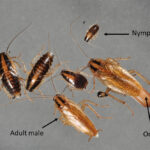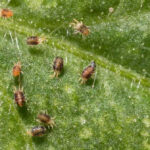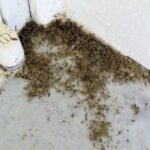As the temperature drops and frost threatens to settle in, gardeners and plant enthusiasts often grapple with the question of whether they should cover their beloved greenery. It’s a dilemma that arises each winter, leaving many wondering if the effort of covering plants is worthwhile or simply an unnecessary task. The answer, however, isn’t always straightforward and depends on various factors. Let’s delve into the considerations of whether you should cover your plants when it’s cold outside.
Understanding the Need
Plants, much like humans, have their thresholds for cold weather. While some are resilient and can withstand freezing temperatures, others are more delicate and require protection. Factors such as the species of plants, the severity and duration of cold spells, and the microclimate in your garden all play pivotal roles in determining whether covering your plants is necessary.
Types of Plants
Different plants have different tolerances for cold. Hardy plants like winter vegetables, certain evergreens, and perennials are adapted to survive chilly conditions and may not require covering unless temperatures plummet significantly. On the other hand, tender plants like tropical species, young seedlings, or newly planted shrubs are more susceptible to frost damage and may benefit from some form of protection.
Duration and Severity of Cold
Short periods of mild cold may not warrant covering plants, especially if they are inherently cold-resistant. However, when frost or freezing temperatures persist for several hours or days, it can cause damage to more sensitive plants. In such cases, providing some insulation or covering might be beneficial.
Methods of Protection
Various methods can be employed to shield plants from cold temperatures. These include:
- Mulching: Applying a layer of mulch around the base of plants helps insulate the soil, retaining its warmth and protecting roots from freezing.
- Row Covers and Cloches: Using fabric row covers or individual cloches creates a barrier that traps heat around plants, providing them with additional warmth.
- Blankets or Tarps: Draping blankets, burlap, or tarps over plants can shield them from frost, but it’s essential to ensure the cover doesn’t touch the foliage directly to prevent damage.
Microclimate Considerations
The microclimate in your garden can significantly influence the need to cover plants. Areas near walls, fences, or buildings tend to be slightly warmer due to radiant heat retention. Taking advantage of these pockets of warmth might mitigate the need for covering certain plants.
When Not to Cover
While protecting plants from cold is essential in many cases, there are instances when covering them might do more harm than good. If the covering material is too heavy or isn’t breathable, it can create excessive humidity, potentially leading to fungal diseases or rot.
Conclusion
Ultimately, whether you should cover your plants when it’s cold outside depends on several factors. Understanding the specific needs of your plants, the severity of the cold, and the microclimate of your garden are key considerations in making this decision.
Observation and experience will often guide you. Regularly monitoring weather forecasts, assessing your garden’s microclimates, and understanding the cold tolerance of your plants will help you make informed decisions about whether to cover them during chilly spells. Balancing protection with the risk of potential harm from covering is crucial in safeguarding your plants and ensuring their health during the colder months.









